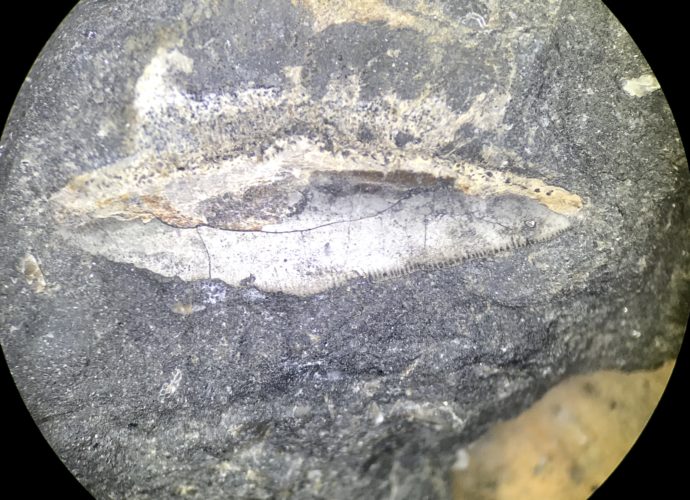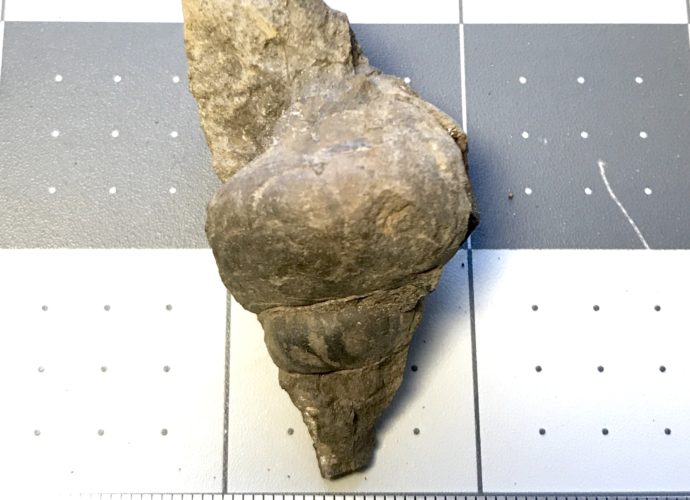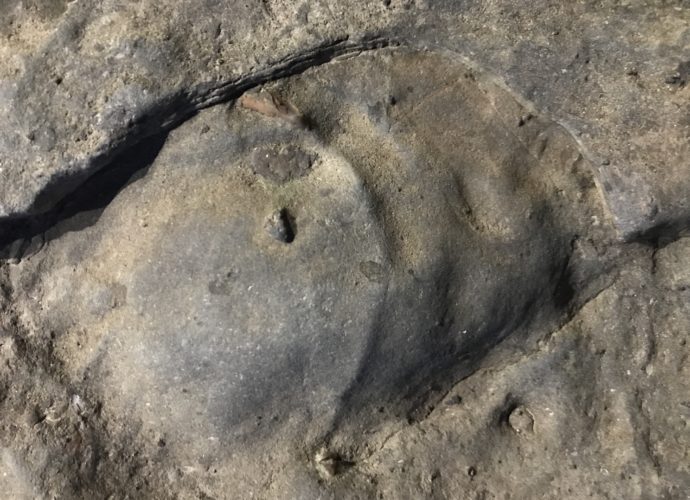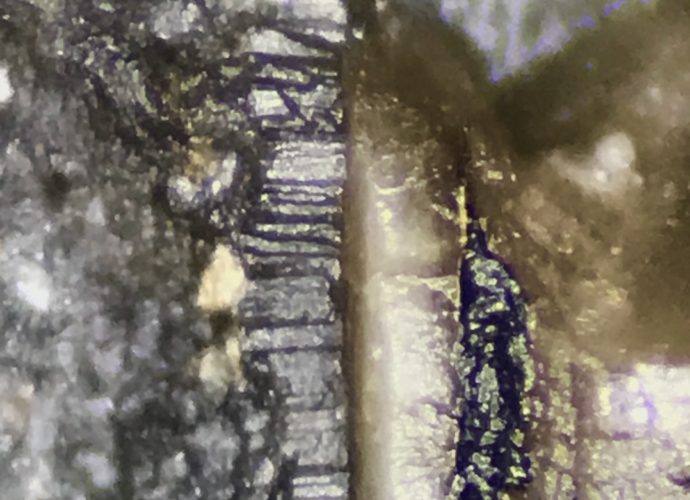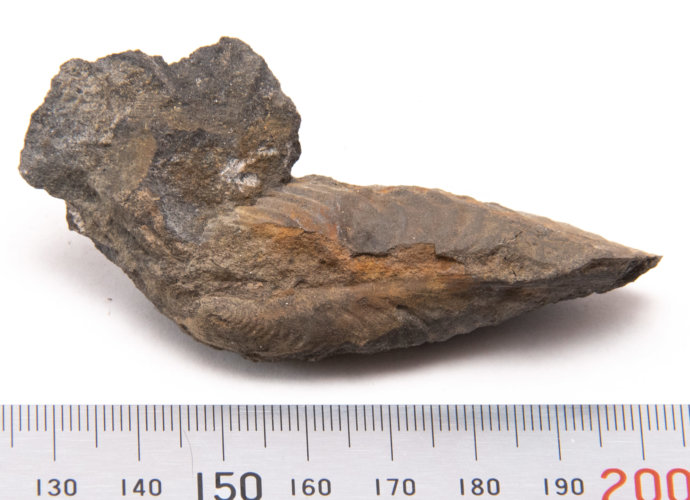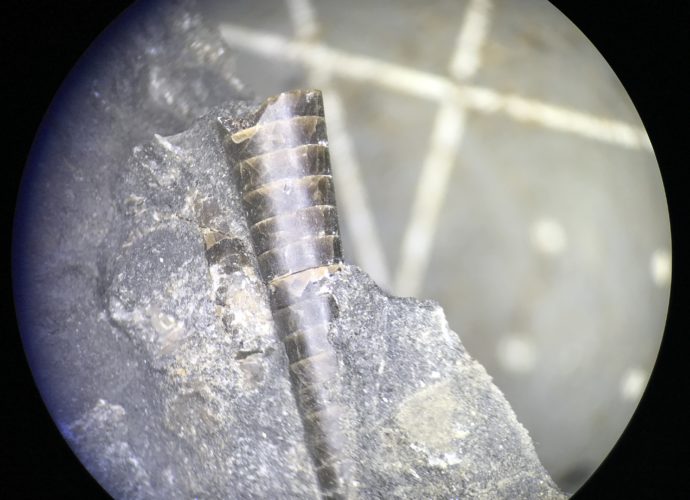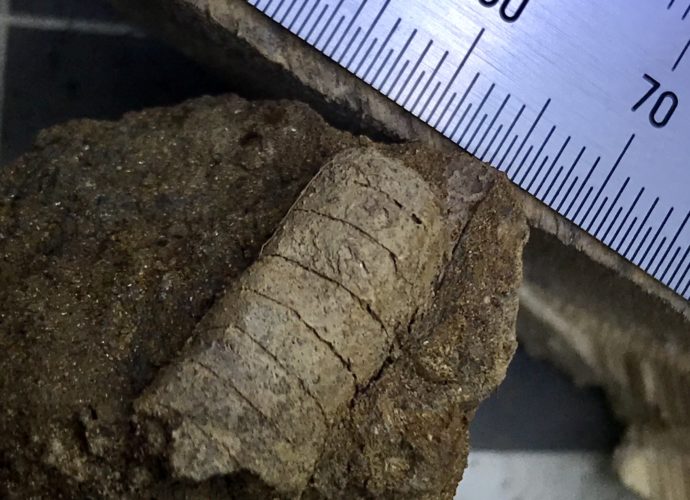Brachiopod Spine
Spines in Brachiopods rarely survive in the local rocks. While I believe I have found a few already separated, I rarely see one actually embedded on the shell. I found the 1mm long spine on this Brachiopod specimen I brought back this evening after freeing it from float limestone withinRead More →


